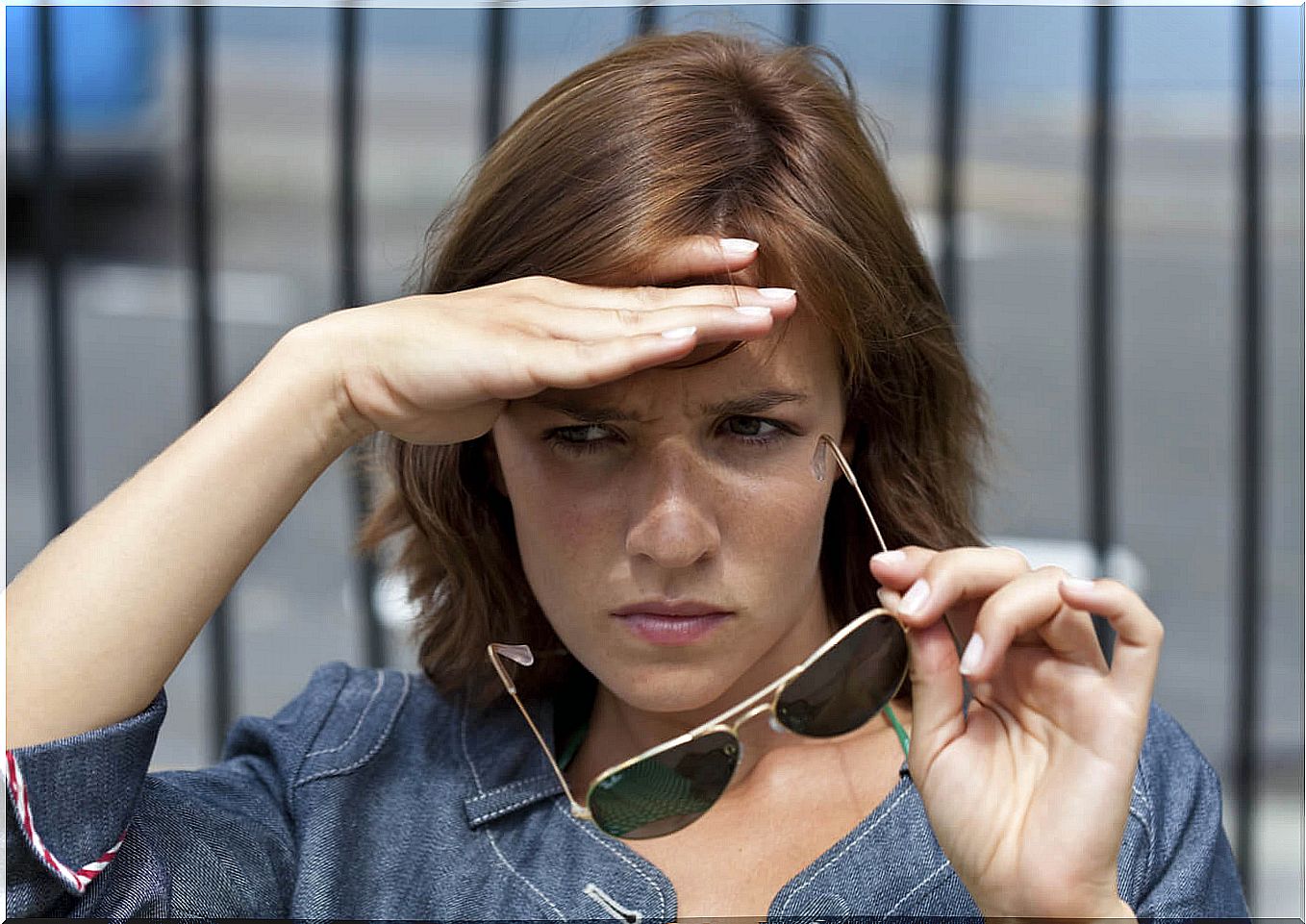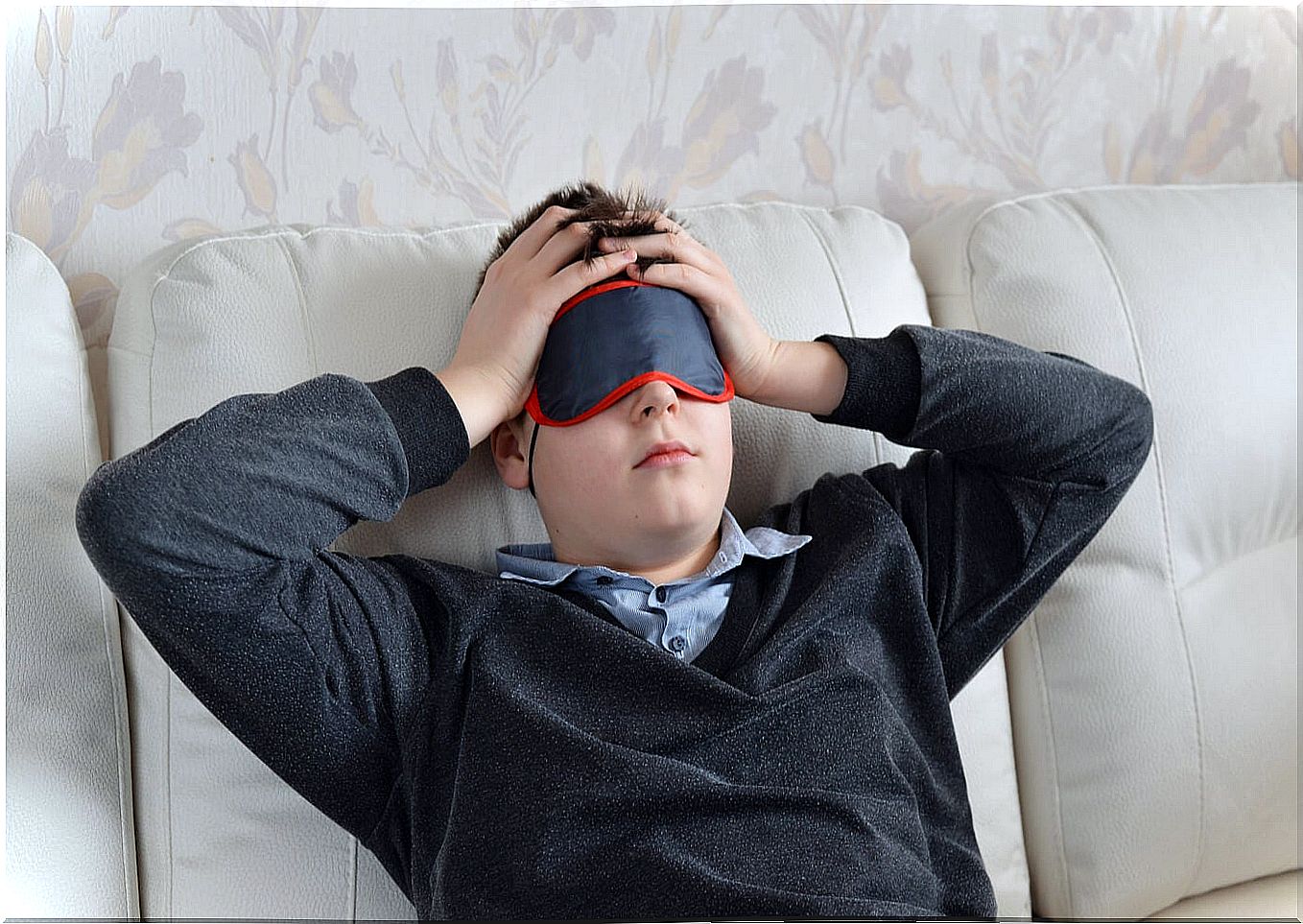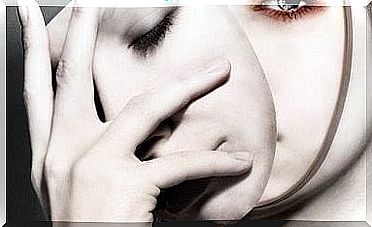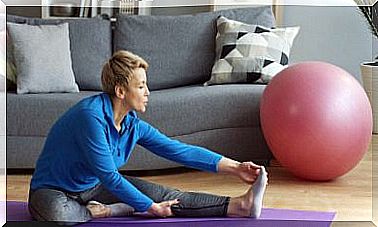Photophobia: What Is It And How To Treat It?
Photophobia, in addition to sensitivity to light, can be accompanied by headaches, nausea, vomiting, or other symptoms. We explain it to you.

The term photophobia comes from the Greek, where ” phōtós ” means light and ” phobos ” fear. On the contrary, it is not about fear of light, but rather it is a disorder that consists of a hypersensitivity to it. This increased sensitivity gives rise to different discomforts.
For example, people with photophobia feel discomfort in places where there is moderate brightness. It doesn’t even have to be bright light. This causes headaches or visual discomfort.
It is a relatively common situation that has many causes and, at times, its importance is underestimated. Therefore, in this article we explain everything you need to know about photophobia and what its causes are.
What is photophobia?

Photophobia, as explained in the previous section, consists of a hypersensitivity to light. It can also be described as light intolerance. In reality, as an article published in Annals d’Ophthalmology explains , it is a symptom that can appear in many diseases.
Most of them are of neurological or ophthalmological origin. For example, in people who suffer from migraines or who have undergone eye surgery. However, photophobia is not always a symptom of a disease.
In some cases, it can be transitory and fulfill a kind of protective function. In fact, it is normal to feel this discomfort when some very intense light falls directly on the eyes and dazzles.
It is even frequent that, due to certain characteristics of each person, this sensitivity is greater than in others. Those with light-colored eyes tend to be predisposed to photophobia. On the contrary, in people with dark eyes the opposite occurs.
This is how Dr. Sylvie Berthemy explains it. This is because dark eyes have more melanin, a pigment in the iris that helps protect the eye from strong light.
The truth is that photophobia can appear with different types of light. For example, in sunlight, a fluorescent lamp or any other source. When it occurs, this hypersensitivity can cause very intense discomfort.
Causes of photophobia
The causes of photophobia can be very varied. According to research carried out at the University of Valladolid, many factors associated with this problem are already known. Any injury that affects the visual pathway, whether at the ocular or brain level, can cause it.
For example, a head injury, a tumor, or even a stroke. However, there are also rarer diseases that trigger this hypersensitivity.
A genetic disorder called decalvating spinous follicular keratosis can cause photophobia. As explained in Orphanet , it is a rare disease. It is associated with this problem, but also with alopecia of the scalp, eyebrows and eyelashes.
Ocular pathologies
Among the most frequent causes of photophobia we find pathologies that affect the eyeball. As mentioned before, this symptom can be caused by damage to any part of the optic pathway.
Therefore, any infection or injury to the eye can trigger it. First, photophobia can be secondary to chalazion and stye. Both are bumps that appear on the eyelids.
The cause of chalazion is the obstruction of certain glands present in the eyelid. The stye, meanwhile, is usually the result of a bacterial infection. Both pathologies can cause photophobia, as the American Academy of Opthalmology explains .
Wearing contact lenses continuously or incorrectly is also associated with this hypersensitivity to light, as they can irritate the eyeball. The same happens with burns to the eyes due to sun exposure.
Other pathologies such as corneal ulcer or corneal abrasion are related to this. The ulcer is a wound in the cornea that can appear due to an infection or in conditions of dry eyes. Abrasion, on the other hand, is a more superficial lesion associated with damaging agents such as dust or sand chips.
Trauma
Trauma, both ocular and cranial, can cause photophobia. Head trauma can cause brain changes that are associated with this symptom.
In a study published in the journal of Neurosurgery, experts explain how mild trauma can cause photophobia. It can even be accompanied by a drooping eyelid or decreased visual acuity.
Any blow that affects the eye can also be a cause of photophobia. After a fight or an accident, if bleeding occurs at the eye level, vision can be damaged.
Neurological disorders
Within neurological disorders, we find two entities that are frequently associated with photophobia. First of all, migraine, a type of recurrent headache that usually affects women more than men.
This pain appears in the form of episodes, is located on one side of the head and is throbbing. The problem is that, in addition to hypersensitivity to light, it is usually accompanied by dizziness and nausea, among other symptoms.
On the other hand, meningitis can also be a cause. This disease consists of the inflammation of the meninges; that is to say, of the membranes that cover the brain and spinal cord. Most of the time it is caused by a bacterial or viral infection, although it can be secondary to other processes, such as surgery or tumors.
Drug or drug use
Photophobia can appear when ingesting numerous medications or drugs. A published article from the University of Panama states that muscarinic antagonist drugs are frequently associated with this side effect. Within this group are atropine and scopolamine.
Other medications such as phenylephrine or furosemide have been linked to this as well. The drugs that usually produce hypersensitivity to light would be those derived from amphetamines or cocaine.
Surgery
Eye surgery presents a risk of producing photophobia, not only because of the procedure itself but also because of the drugs that are administered to carry it out. It is common to appear in operations to treat refractive errors, such as myopia or astigmatism.
What symptoms does photophobia produce?

Photophobia does not only consist of hypersensitivity to light. It can be accompanied by other very annoying symptoms. For example, blurred vision or severe headaches. Both symptoms can be triggered by the photophobia itself or by the underlying pathology.
In some people there is excessive eye tearing, itchy eyes and the need to close the eyes to light. There may be cervical stiffness (especially in cases of meningitis), nausea, and dizziness.
Photophobia usually causes people who suffer from it to have the need to wear sunglasses continuously, even in closed spaces with artificial lighting.
Risk factors for photophobia
The risk factors for suffering from photophobia are very similar to the causes that cause it. For example, undergoing any eye operation, from cataract surgery to refractive surgery.
Eye infections, contact lens wear, or glaucoma are also considered risk factors. Finally, one of the most important is drug use.
How is it treated?
The treatment of photophobia will depend on what is its cause. If it is an innate characteristic of a person (as in people with light eyes or albinism), some simple measures can be put into practice.
Ideally, avoid direct light on the eyes. For this, polarized sunglasses can be used, especially outdoors. It is also recommended to wear hats or caps that prevent light from shining directly on the eyes.
If the cause is a drug, the doctor may try to substitute that drug for another. However, this will depend on the intensity of the discomfort and what is the medicine in question.
It is also important that all those who wear contact lenses take special care when inserting them. We must try to prevent infections that are usually associated with touching the eyes with dirty hands or the contact lenses themselves.
There is no specific treatment for photophobia
As indicated, treatment is usually aimed at eradicating the underlying cause. Therefore, it is always essential to consult with the doctor when this symptom appears. Especially if it lasts for more than several days, as it may indicate the presence of a more serious disease.









